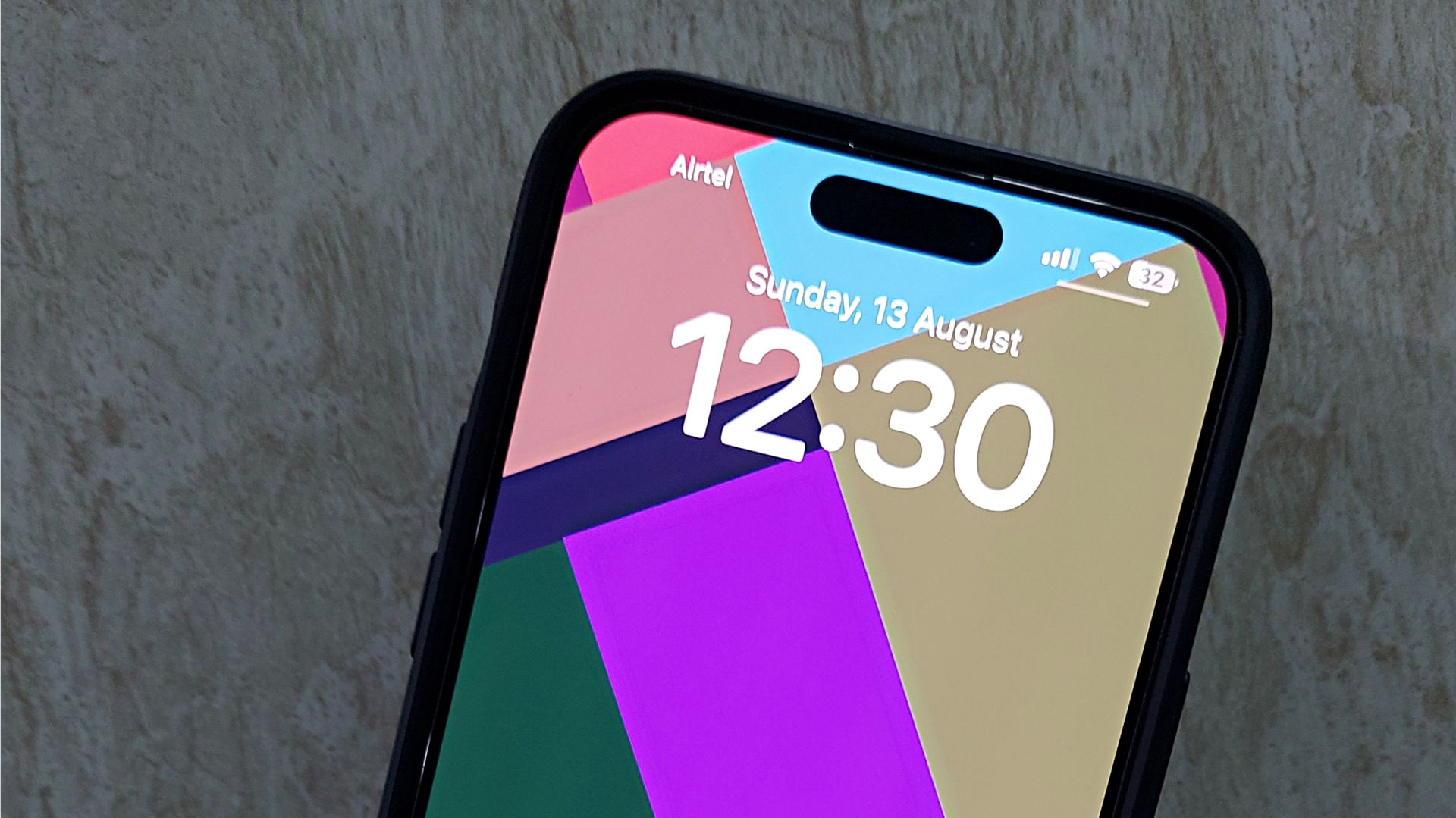
Apple exploring MLA display technology for iPhone 16 series: Report
What's the story
Apple is reportedly considering incorporating microlens array (MLA) technology into the OLED screens of next year's iPhone 16 series, according to a recent report by the Korean media outlet The Elec. The Cupertino tech giant has reached out to its main suppliers, Samsung and LG, to evaluate the feasibility of this innovation, which could enhance screen brightness, reduce power consumption, and extend battery life in the upcoming iPhone lineup.
Details
Balancing brightness with viewing angles
MLA technology seeks to replace the traditional microlens array with a uniform arrangement of billions of microlenses within the display panel. By adopting MLA, Apple wants to enhance frontal luminance, depending on the efficiency of the OLED material sets offered by Samsung and LG. However, the technology also presents challenges, such as a potential narrowing of the screen's viewing angle from the sides.
Scenario
Advantages and challenges of MLA adoption
One of the key advantages of MLA technology is its ability to significantly reduce internal reflections, leading to enhanced screen brightness and reduced power consumption. However, the possible reduction in the screen's viewing angles from the sides could be a concern for some users. Additionally, implementing MLA technology could raise manufacturing costs, a factor Apple must consider in its decision-making process.
Insights
Weighing innovation, practicality, costs
Apple's decision to adopt MLA technology for its iPhone 16 series will ultimately depend on balancing innovation with both practicality and cost considerations. If implemented successfully, MLA technology could offer significant benefits to iPhone users, including improved brightness and extended battery life. However, Apple must also weigh the potential drawbacks and increased manufacturing costs before making a final decision.